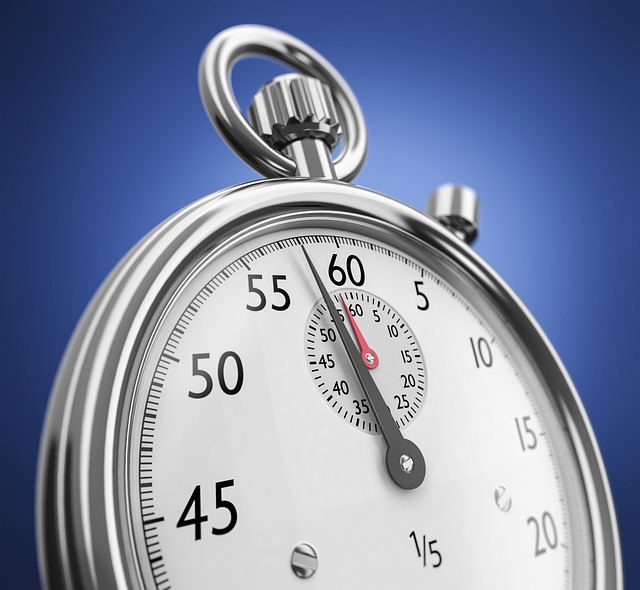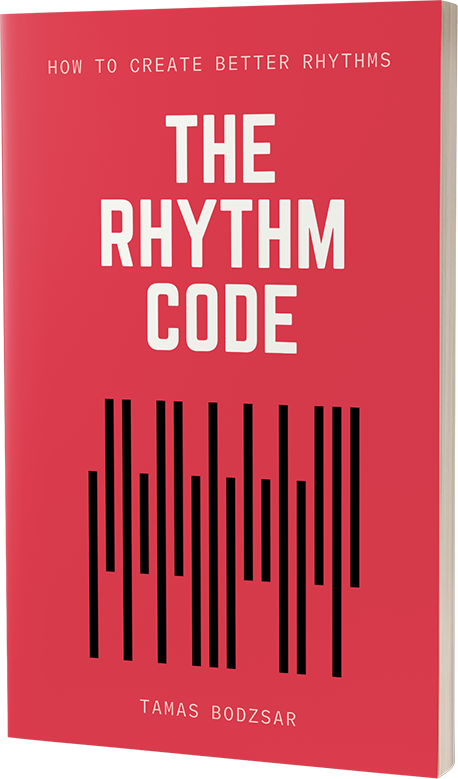
Writing a song takes time. Sometimes it’s a LOT of time, especially if someone is not an experienced songwriter. It took me about 2 years of work to publish my first single, then I created an album in a few months, and then I wrote my second album in one month. This is because I constantly learned more and more about songwriting. I would like to share all these songwriting tools that I learned in the past 10 years to help you write songs faster.
So here are the five tips that helped me write songs much faster:
1. Take out the guesswork
Everyone starts to write songs in the same way: We are trying things out, “guessing” if something will sound good or not, and then implement the things we like. This is what I call “searching blindly” in the dark.
It’s no question, it works! I created my first song this way (searching blindly, and guessing), and it was a huge success (considering that it was the first single of a totally unknown band). They play this song in more than 70 countries around the world.
The problem with this is that this process is too slow. “Searching blindly” works, because you find good ideas eventually. But there is a better and faster way to write songs.
This is what made a big change for me: I started to analyze songs. Chord progressions, melodies, rhythm. After analyzing many songs, I discovered a lot of tools that successful songwriters are using.
And as I was looking back to my older songs, I realized that I already used SOME of these songwriting tools. It’s just I was not conscious of them.
I was searching blindly in the dark and found some great songwriting tools, but then, after analyzing many songs, I turned on the lights and it was not guesswork anymore. Instead of working on the songs for months, it took me only a few days to write a new song.
Don’t get me wrong, I’m still using my intuition, but there are things that we shouldn’t search blindly, and it shouldn’t be guesswork.
YOU DON’T NEED TO REINVENT THE WHEEL!
Go through our online songwriting course to learn all these tools: HERE
2. Steal Chord Progressions
Well, it’s not really stealing, because a chord progression is not unique enough. That’s why you cannot copyright chord progressions. In fact, many songs are using the very same chord progressions.
But keep in mind that if you use a chord progression of another song, you need to create a very different, totally unique song in every other aspect. For example, you shouldn’t use the same beat or groove in the drums and in the bass. And the melody shouldn’t sound similar to the original, otherwise, you will get into trouble because of legal issues.
If you are using ONLY the same chords, but everything else is totally different, that’s totally fine.
If you want to create unique chord progressions faster, then again, you should go through our songwriting course where I teach you how to create effective chord progressions faster.
3. Make a Visual Map
I stuck with my songs many times because I didn’t know how to continue the song. I create maybe an intro, a verse, a chorus… and then what?
At that point, I always make a visual map for myself. It’s nothing fancy, it’s just I take a piece of paper, and write down the structure of the whole song.
For example: intro – verse – chorus – verse – chorus – bridge – chorus
If you have the structure for the whole song you don’t have to think about “what comes next”, because it’s already settled, you just need to follow the blueprint and work on the different parts.
Again, you can take out the guesswork if you analyze successful songs to see what structures they use, or you can go through our course.
4. Create a Process
You can save a huge amount of time if you follow a process when you write a new song.
Let me share the process of how I write new songs. And by the way, this is exactly how John Legend writes his songs:
1. Chord progression
2. Rhythm / arrangement. (This can include everything from creating a drum beat, a bass groove, or even arranging the horn section)
3. Melody
4. Lyrics
You can always jump back and change any of those later (especially the rhythm and the arrangement), but this order makes sense for me for some reason. Maybe you will be comfortable with a different order, so you need to find out what works for you the best, and follow that process.
5. Work on More Songs Simultaneously
Songwriting takes time, and sometimes you can’t force the process after a certain point. I believe in quality over quantity. I believe we should create better songs, not just more songs.
Sometimes when you work on a song, you need to take a break because working on one song for too many hours doesn’t help.
Semantic satiation is a psychological phenomenon in which repetition causes a word or phrase to temporarily lose meaning for the listener. And this applies to music as well! If you listen to your song too many times, you can’t decide if it’s good or not after a while.
So after working on a song for an hour, you should take a break, and you shouldn’t touch it at least for a day. But in the meantime, you can work on other songs. This way you will be more productive because you are working on many songs at the same time.
6. Find a partner
If there is a part of songwriting (melody, harmony, lyrics) that you always struggle with, you can try to find someone who is much better in that and collaborate with them.
Maybe you are very good at writing lyrics, but you always struggle with the melodies. There are a lot of people who can make good music, but they are struggling with the lyrics.
Join Reddit or Facebook groups to find other songwriters you can work with.
Ultimately, you can hire people who write lyrics, melodies, or chord progressions. For this, airgigs.com is a great opportunity, but there are many other sites like this.
The secret pattern behind successful songs
Get the eBook for $4.99

